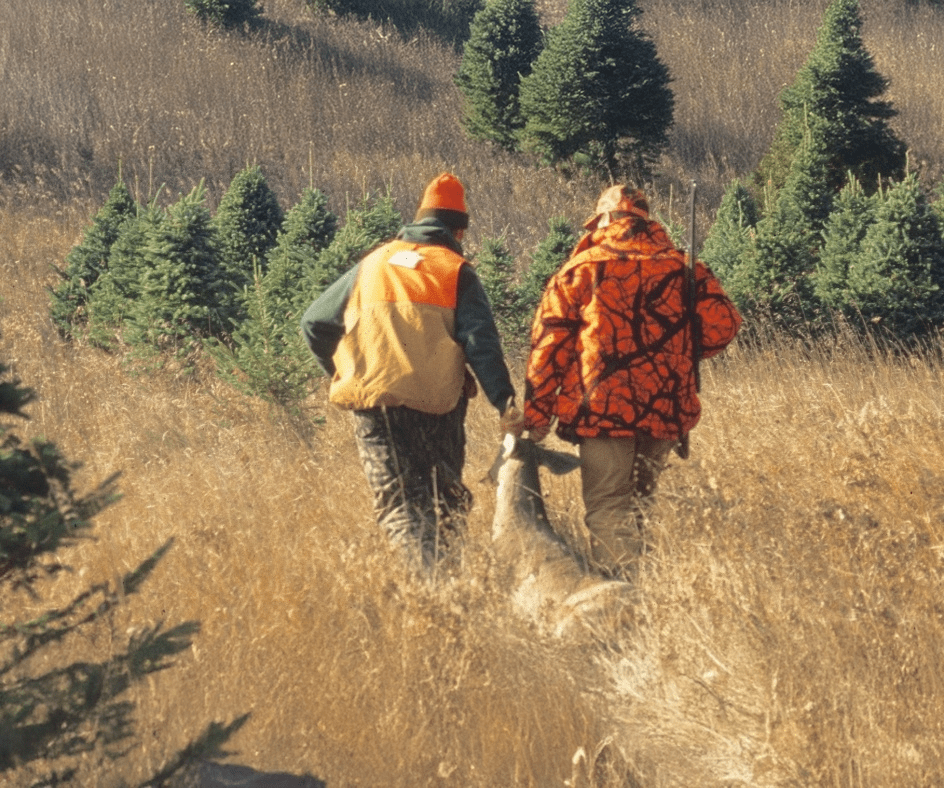Air BnB of hunting. Sheets can be washed. Most game animals only reproduce once a year.
In recent years, the hunting industry has seen a rise in platforms that mimic the Air BnB model—offering day hunts with minimal vetting, quick access, and transactional convenience. On the surface, it seems like a win-win: landowners monetize their land, hunters gain short-term access, and middlemen pocket a fee. But beneath that simplicity lies a fundamental ecological truth: wildlife is not a renewable commodity you can restock overnight. The “just wash the sheets and re-list” model doesn’t apply when your guests are chasing animals that only reproduce once a year.
Wildlife Isn’t a Room You Can Flip
Most big game species—deer, elk, turkey, and others—reproduce on a strict annual cycle. There’s no reset button. Once an animal is harvested, it’s gone. If too many are taken or disturbed during critical times (like breeding or fawning seasons), local populations can collapse. Day hunts incentivize a high-turnover approach that prioritizes short-term cash over long-term sustainability.
Compare this to traditional lease-based hunting or outfitted multi-day experiences. These models build long-term relationships with land, landowners, and wildlife. They often include management plans, harvest limits, and a stewardship ethic. Hunters in these systems are more invested in what the land and its herds look like next year, not just next weekend.

No Accountability, No Conservation
The Air BnB model creates a disconnect between hunters and habitat. In many cases, the landowner may not even live on the property. There’s no one to ensure a wounded animal is tracked, that a gate is closed, or that a herd hasn’t been over-pressured by five hunters that week. Without oversight, day hunters are more likely to push ethical and ecological boundaries, knowingly or not.
This creates a tragedy of the commons. If nobody is accountable for the land and its wildlife, everyone races to get what they can before it’s gone.
Data Shows the Risk
States with heavily hunted public lands already struggle with crowding and harvest pressure. Adding layers of fragmented, one-off private hunts compounds the problem. Research in wildlife management consistently shows that stability in hunting access and predictable hunter behavior results in healthier animal populations. Day hunts, by nature, disrupt both.
Hunting Needs a Long View
True conservation requires restraint. It requires knowing when not to pull the trigger, when to pass on a young buck, and when to stay out of a bedding area. That kind of thinking doesn’t come with a day pass—it comes with skin in the game.
The future of hunting depends on maintaining healthy, huntable wildlife populations. That means rejecting fast-cash models that treat wildlife like a disposable resource. It means supporting systems that reward stewardship, not turnover.
So no, you can’t just wash the sheets. Because when the deer are gone, they’re not back next weekend—they’re gone until next year, or longer. And if we keep treating hunting like a one-night stand, there may not be a next year at all.

Leave A Comment